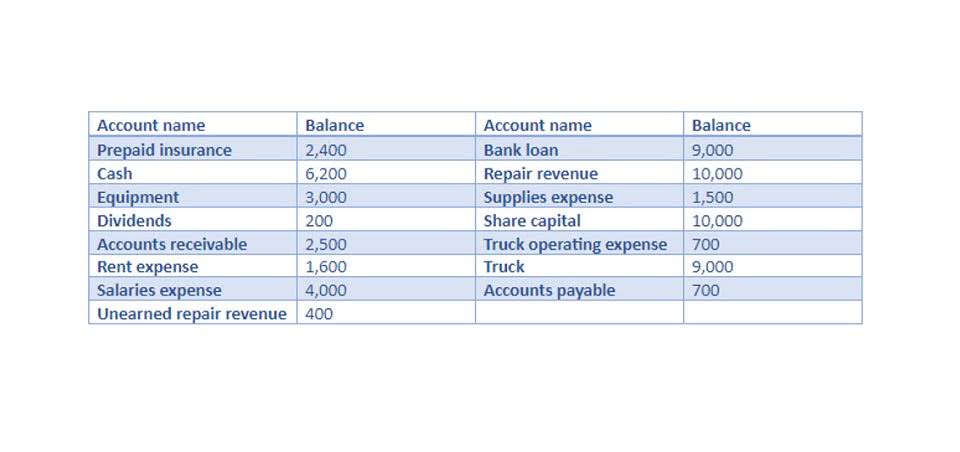
The present value calculation assumes fixed interest rates, payments, and intervals between payments. It can also account for different annuity types (end of period or beginning of period payment). While future value tells you how much a series of investments will be worth in the future, present value takes the opposite approach. It calculates the current amount of money you’d need to invest today to generate a stream of future payments, considering a specific interest rate. Any asset that pays interest, such as a bond, annuity, lease, or real estate, will be priced using its net present value. Stocks are also often priced based on the present value of their future profits or dividend streams using discounted fixed assets cash flow (DCF) analysis.

Present Value of Multiple Cash flows

For example, $1,000 in hand today should be worth more than $1,000 five years from now because it can be invested for those five years and earn a return. If, let’s say, the $1,000 earns 5% a year, compounded annually, it will be worth about $1,276 in five years. A positive NPV indicates a potentially viable investment, as it suggests that the project will generate present value equation more value than its cost. All you have to do is line up interest rate listed on the x-axis with the number of periods listed on the y-axis and multiple by the payment.
Is NPV or ROI More Important?

The interest rate used is the risk-free interest rate if there are no risks involved in the project. The rate of return from the project must equal or exceed this rate of return or it would be better to invest the capital in these risk free assets. If there are risks Bookkeeping for Consultants involved in an investment this can be reflected through the use of a risk premium.
What Is the Difference Between Present Value (PV) and Future Value (FV)?
Net present value (NPV) is the difference between the present value of cash inflows and the present value of cash outflows over a period of time. NPV is used in capital budgeting and investment planning to analyze a project’s projected profitability. This concept is essential because it helps compare investment opportunities, assess loan options, and evaluate long-term projects by considering the time value of money. Addressing variable changes in present value calculations follows the same techniques as future value calculations discussed in the previous section.
- For bonds, the present value of future interest payments and the principal repayment is calculated to determine the bond’s fair price.
- While Option A and B, which are bank deposits and investment in government bonds, may not provide expected returns but include very low risk on investment.
- However, determining an appropriate discount rate is challenging due to the numerous factors involved – risk-free rate, inflation expectations, risk premium, and more.
- Unlike stocks, bonds are composed of an interest (coupon) component and a principal component that is returned when the bond matures.
- And because this particular cash flow represents the cash in the present, we can essentially see this as the present value.
- Using the same 5% interest rate compounded annually, the answer is about $784.
- The PV function returns the present value figure; the amount that future payments are worth now.
- This concept is used in the valuation of stocks, bond pricing, financial modeling, and analysis of various investment options.
- Put another way, if you were given a choice between receiving a sum of money today or the same sum a year from now, the rational choice would be to opt for money now.
- PV calculations make sure the inflationary impact is calculated from either the inflation rate or the expected rate of returns.
- A positive NPV suggests that an investment will be profitable while a negative NPV suggests it will incur a loss.
In essence, the time value of money provides the mathematical backbone for present value computations, allowing us to translate future inflows and outflows into present values. The heart of this calculation lies in the idea that a dollar today provides more value, due to its earning potential, than a dollar in the future. This critical concept should underpin any financial decision you make, from personal investments to corporate finance, given its fundamental influence on the realm of economic and financial dynamics. While net present value also signifies a present value, it is indicative of the profitability of an investment. What makes NPV a net figure is the adjustment of the initial investment to outline profitability.
